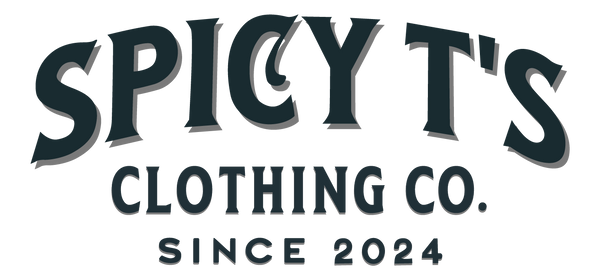
Famous Logos with Hidden Meanings + Common Logo Design Mistakes to Avoid
Share
Every iconic logo tells a story — but did you know that many have hidden meanings you’ve probably never noticed? From clever symbols to subtle psychology, these logos are more than just pretty graphics.
But on the flip side, even big brands can make logo design mistakes — and for new designers or small businesses, avoiding these common errors can save time, money, and reputation.
Let’s explore 10 famous logos with hidden meanings, followed by 7 major logo design mistakes every brand should avoid.
🧠 10 Famous Logos with Hidden Meanings You Probably Missed
1. FedEx
Hidden Meaning: Between the “E” and the “x,” there’s a white arrow symbolizing speed, precision, and direction.
2. Amazon
Hidden Meaning: The orange arrow goes from A to Z, showing that they sell everything — plus it’s shaped like a smile, reflecting customer satisfaction.
3. Toblerone
Hidden Meaning: Look closely at the mountain — you’ll see a bear hidden inside, referencing the chocolate’s origin in Bern, Switzerland, known as the “City of Bears.”
4. Baskin-Robbins
Hidden Meaning: The pink “31” in the logo represents their 31 flavors, one for each day of the month.
5. Pinterest
Hidden Meaning: The letter “P” doubles as a pin, which reflects the brand’s purpose of “pinning” ideas and inspirations.
6. Toyota
Hidden Meaning: Every letter in the word “TOYOTA” can be formed using the elements in the logo. Plus, it represents a thread going through a needle (automotive stitching reference).
7. Hyundai
Hidden Meaning: It's not just an “H” — it also shows two people shaking hands, symbolizing trust between brand and customer.
8. LG
Hidden Meaning: The L and G combine to form a smiley face, representing friendliness and approachability.
9. Tour de France
Hidden Meaning: The “R” in “Tour” becomes a cyclist, and the yellow circle is the wheel or sun — representing the cycling race.
10. Cisco
Hidden Meaning: The vertical bars reference Golden Gate Bridge (San Francisco), where Cisco was founded. Also, it resembles digital signals — linking to their tech industry roots.
❌ 7 Common Logo Design Mistakes You Should Avoid
Designing a logo isn’t just about looking good — it’s about function, storytelling, and flexibility. Here are the mistakes to steer clear of:
1. Too Much Detail
Overcomplicating your design makes it hard to scale or print. Logos should look good even at 16x16 pixels (favicon size!).
🔁 Fix it: Stick to simple, clean lines that work in black and white too.
2. Poor Font Choice
Bad typography can ruin even the best concept. Avoid overly decorative fonts or unreadable cursive in logos.
🔁 Fix it: Choose fonts that match your brand’s tone — modern, elegant, playful, etc.
3. Copycat Designs
Many beginners copy styles from famous logos or free templates, leading to generic, forgettable branding.
🔁 Fix it: Invest in original concepts that reflect your brand's identity and values.
4. No Versatility
Your logo should work on websites, packaging, social media, embroidery, and even t-shirts.
🔁 Fix it: Create multiple versions: full color, black & white, icon-only, and horizontal/vertical formats.
5. Ignoring Brand Personality
A serious finance company using comic fonts or a kids’ brand with corporate style? Huge mismatch.
🔁 Fix it: Design with your audience and emotion in mind. A pet logo should feel fun and warm, not cold or sharp.
6. Bad Color Choices
Too many colors, poor contrast, or clashing palettes reduce professional impact.
🔁 Fix it: Stick to 2–3 consistent brand colors, and ensure they look good in grayscale too.
7. Missing Hidden Story
Great logos aren’t just shapes — they communicate. Many lack storytelling or fail to represent the business meaningfully.
🔁 Fix it: Add symbolism, subtle visual metaphors, or smart typography integration (like the FedEx arrow or Pinterest pin).
✍️ Final Thoughts
A great logo does more than look pretty — it communicates, converts, and lasts a lifetime. Study hidden meanings from world-famous logos, and learn from design mistakes to craft something timeless, meaningful, and scalable.
Whether you're building a brand, designing for clients, or selling merch — your logo is your first impression. Make it count.
